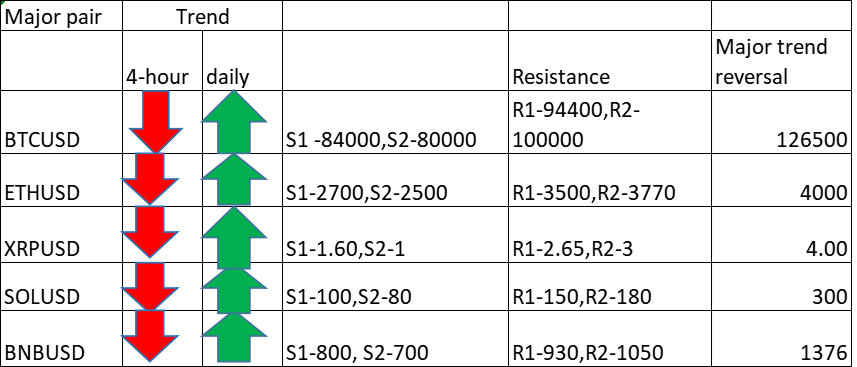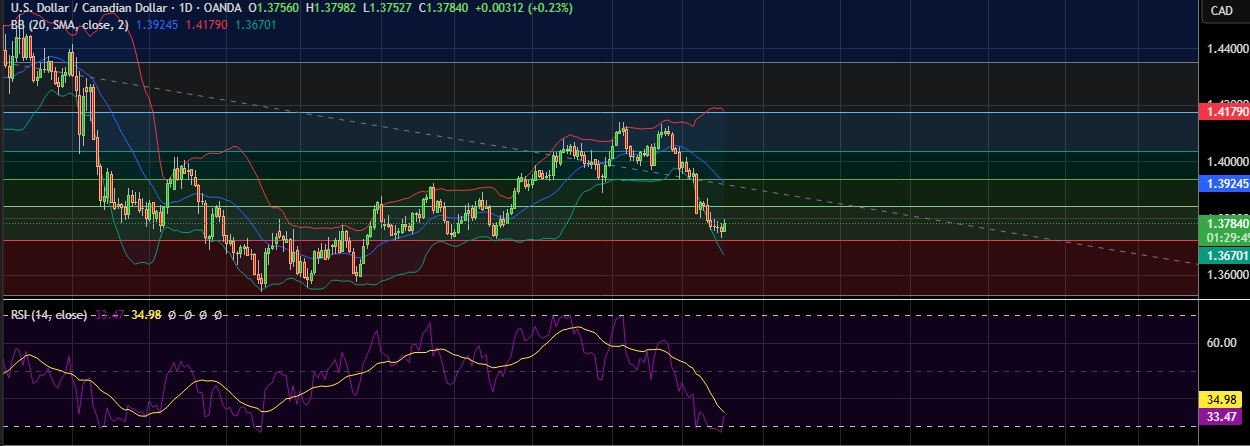
Indranil Banik
Postdoctoral research fellow, University of St Andrews
Warped spacetime seen near Galactic Centre black hole
Scientists working with European Southern Observatory telescopes have seen a subtle effect due to general relativity, Einstein's famous theory of gravity. This is the first time that gravitational redshift is seen in the light of stars near the central black hole in our Galaxy.
Redshift is a term that describes how light appears at a longer wavelength (or lower frequency) to an observer compared to when it was emitted. In general relativity, redshift arises for two main reasons. The first is the classical Doppler effect, which lies behind why an ambulance siren sounds a higher pitch to someone when the ambulance is approaching them and a lower pitch when moving away. However, the siren itself always makes the same sound to someone on the ambulance. This can be understood by considering different pulses of sound emitted by the siren. The time it takes one pulse to reach you is less than the pulse before it because, in the time between the pulses, the ambulance has moved towards you. As a result, you receive the pulses more frequently than they are emitted, making the siren sound a higher pitch to you.
The latest results come from a team led by Reinhard Genzel of the Max Planck Institute for Extraterrestrial Physics in Garching, Germany. The group detect a more subtle effect called gravitational redshift, which forms the very heart of how general relativity works. To understand gravitational redshift, one first has to understand the equivalence principle. This says that, if you are inside a closed spaceship with no windows, you can’t tell whether you are just sitting on the ground and feeling the Earth’s gravity or if you are accelerating upwards in deep space, with no gravity. In both cases, if you drop a ball in the spaceship, it will accelerate downwards at 9.8 metres per second over each second that you watch it.
The clever thing about the equivalence principle is that you can convert gravitational problems (like what does a ray of light do near a massive object) to a non-gravitational problem (what does light do in an accelerating spaceship without gravity). In our case, we can use the principle to calculate gravitational redshift. Consider light going away from the black hole, say from a distance of 100 to 101 million miles. Intuitively, we expect the light to lose some energy climbing away from the black hole. But how does this work in practice?
Instead of thinking about the light moving upwards against gravity, we can think of it as moving upwards in a giant spaceship that accelerates upwards at the same rate as the gravitational strength at that point. Suppose the spaceship is not moving initially, when the light is emitted upwards from the bottom of the spaceship. By the time it reaches the top, the top wall of the spaceship is moving away. As a result, the light is received at a lower frequency at the top wall than when it was emitted at the bottom wall.
Considering this effect all the way out to very large distance leads to Einstein’s predictions for how much the light from an object will appear reddened just because it is close to a massive black hole and we are not. This gravitational redshift is normally a rather subtle effect that can easily be hidden beneath a small error in the calculation of the more conventional Doppler effect – for example if the speed of the object is not known exactly. In fact, it is normally rather difficult to distinguish what has caused some observed redshift – it is a bit like counting how much money is in your account at the start and end of the month and trying to figure out where your money went.
The breakthrough made by Genzel and collaborators came from precisely monitoring the motion of S2, a star that orbits the massive black hole at the centre of our Galaxy every 16 years. Its highly elliptical orbit took it within 0.002 light years of the black hole this May. Such a small separation enhances the orbital speed and thus the Doppler effect – but the gravitational redshift is enhanced even more, making it easier to disentangle.
Using telescopes at the European Southern Observatory in Chile, the team used high-resolution images of this region of sky over 26 years, including corrections for blurring caused by the atmosphere. They combined this with spectroscopic measurements, where light is split into different wavelengths to identify particular features like absorption bands. Their observed wavelengths are compared with laboratory measurements – the difference is called redshift. But, what sort of redshift?
The exquisite accuracy of the images gives us a good understanding of the motion of S2, allowing the scientists to calculate and subtract out the conventional Doppler effect that this causes. The small remaining redshift (about 2.5% of the total) agreed with Einstein’s predictions to within 10%, the accuracy of these very tricky observations. He would no doubt have been very proud of such a precise test of his theory in the extreme environment near the Galactic Centre black hole.

May 11, 2024 12:14 pm UTC| Science
One of the biggest mysteries in astrophysics today is that the forces in galaxies do not seem to add up. Galaxies rotate much faster than predicted by applying Newtons law of gravity to their visible matter, despite those...

Do we live in a giant void? It could solve the puzzle of the universe's expansion
Dec 01, 2023 02:58 am UTC| Science
One of the biggest mysteries in cosmology is the rate at which the universe is expanding. This can be predicted using the standard model of cosmology, also known as Lambda-cold dark matter (ΛCDM). This model is...
noyb Files GDPR Complaints Against TikTok, Grindr, and AppsFlyer Over Alleged Illegal Data Tracking.
- Market Data






































